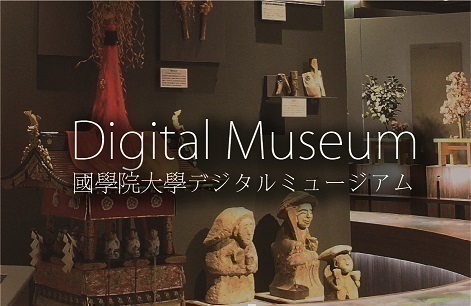- トップ
- Encyclopedia of Shinto
- Nakanishi Naokata
Encyclopedia of Shinto
| Main Menu: | |
| Links: |
詳細表示 (Complete Article)
| カテゴリー1: | 8. Schools, Groups, and Personalities |
|---|---|
| カテゴリー2: | Personalities |
| Title | Nakanishi Naokata |
| Text | (1634-179) A scholar of the Grand Shrines of Ise (Ise Jingū) from the early Edo period. His childhood name was Tsunetame; later, he adopted the names Shōshin and Naokata, and used the epistolary name Ramōshi. He studied under Deguchi Nobuyoshi (1615-90), but in 1670 became involved in a legal dispute with Ise's Inner Shrine (Naikū) over the inscriptions on amulets (taima) distributed by onshi (priests serving the needs of pilgrims) of the Outer Shrine (Gekū). Found guilty of submitting forged evidence, he was expelled from the Ise shrine district. Nakanishi left no less than forty-six works, beginning with Yamato-hime mikotoshō shaku (Commentary on Yamato-hime's Oracle) and Shintō chūkyoku no den (Transmission of the Middle and the Ultimate in Shinto), both from 1673, to Shintō shinshin seishi itchi shiyō kirigami (Shinto Initiation to the Essence of the Unity of Birth and Death within the Mind-kami), written shortly before his death in 1708. The period from 1706, when Naokata was 72, was particularly productive. His ideas stand out among the works of later Ise Shintō for their anti-Buddhist stance, and their views on birth and death. In works such as Buppō raichō ben (Refuting the Advent of Buddhism in Japan) and Shintō hyakka ichiro shū (One Drop of Dew from the One Hundred Flowers of Shinto), Nakanishi emphasized the taboo on Buddhism as a practice instituted by the legendary Yamato-hime. In works such as Shintō anjin monogatari (Tale of Mental Peace in Shinto) and Shidō hyakushu (A hundred poems on the Way of Death), Nakanishi searched for a meditative practice emphasizing the realization that one will return to the divine from which one originates, in accord with the natural cycle of transformation in heaven and earth. He died at the age of 76. —Nakanishi Masayuki |




